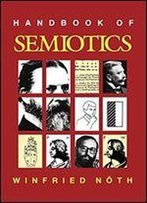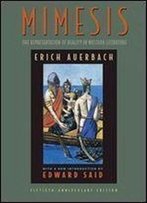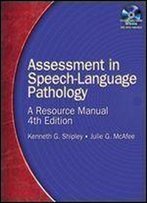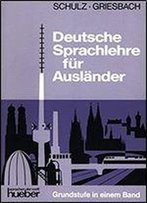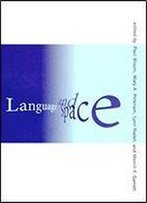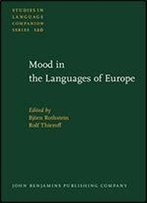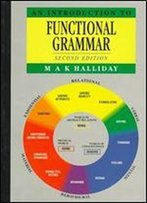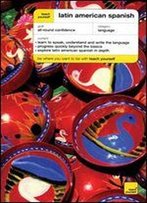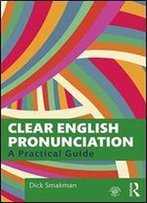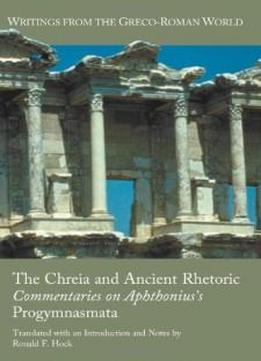
The Chreia And Ancient Rhetoric: Commentaries On Aphthonius's Progymnasmata (writings From The Greco-roman World)
by Ronald F. Hock /
2012 / English / PDF
2.5 MB Download
This book provides the first translations in English and a
preliminary analysis of the commentaries on the chreia chapter in
Aphthoniuss standard Progymnasmata, a classroom guide on
composition. The chreia, or anecdote, was a popular form that
preserved the wisdom of philosophers, kings, generals, and
sophists. Aphthonius used the chreia to provide instructions on how
to construct an argument and to confirm the validity of the chreia
by means of an eight-paragraph essay. His treatment of this
classroom exercise, however, was so brief that commentators needed
to clarify, explain, and supplement what he had written as well as
to situate the chreia as preparation for the study of rhetoricthe
kinds of public speeches and the parts of a speech. By means of
these Byzantine commentaries, we can thus see more clearly how this
important form and its confirmation were taught in classrooms for
over a thousand years.
This book provides the first translations in English and a
preliminary analysis of the commentaries on the chreia chapter in
Aphthoniuss standard Progymnasmata, a classroom guide on
composition. The chreia, or anecdote, was a popular form that
preserved the wisdom of philosophers, kings, generals, and
sophists. Aphthonius used the chreia to provide instructions on how
to construct an argument and to confirm the validity of the chreia
by means of an eight-paragraph essay. His treatment of this
classroom exercise, however, was so brief that commentators needed
to clarify, explain, and supplement what he had written as well as
to situate the chreia as preparation for the study of rhetoricthe
kinds of public speeches and the parts of a speech. By means of
these Byzantine commentaries, we can thus see more clearly how this
important form and its confirmation were taught in classrooms for
over a thousand years.
